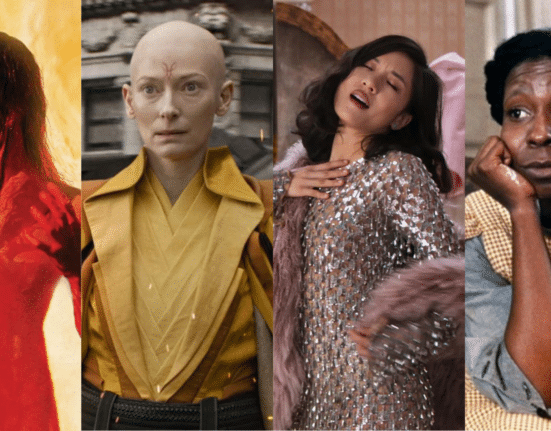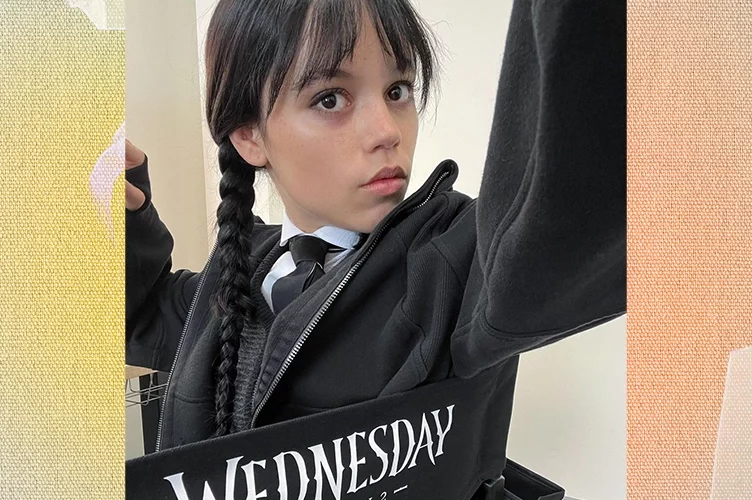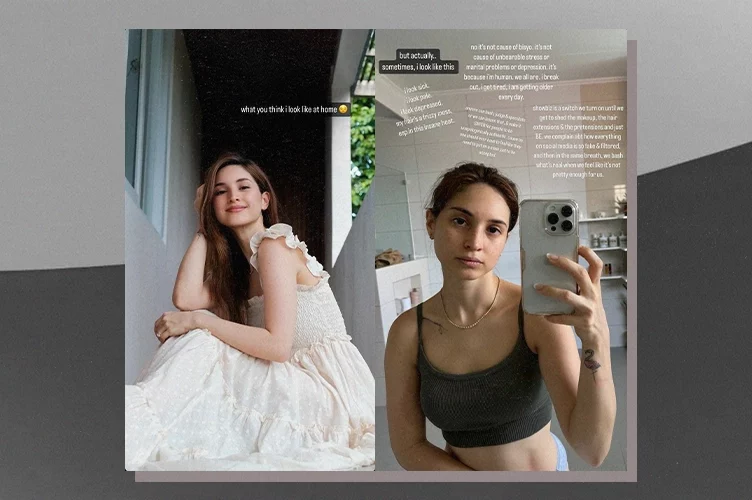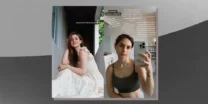Carrie (1976) is one of my favorite films; the gore and the anxious suspense felt in each scene between Carrie and her mother always managed to give me chills. Since I loved the film so much, I decided to save up to buy the novel it was adapted from, written by Stephen King. Almost immediately, I couldn’t help but feel disappointed.
King’s novel almost immediately reveals that Carrie was a plus-sized woman; in fact, it was explicitly mentioned that she was overweight with pimples all over her body, starkly contrasting with the skinny, gorgeous version of her as seen in the film. And when I further researched the different versions of Carrie that had come out since the novel’s release, I found that three movies and one musical had been made based on it.
None of these adaptations showed Carrie to be her true size. I can’t help but question why.
Love for exclusion
Hollywood has become quite infamous for its lack of diversity over the years. Some examples that come to mind would be having Tilda Swinton playing The Ancient One in Doctor Strange even though the character is supposed to be a Tibetan Monk in the books, or creating an American version of the Japanese manga Death Note with a predominantly white cast.
In the case of Carrie, she was turned into a skinny girl with no blemishes despite this being such a large part of her character in the novel.
And this exclusion doesn’t just stop at race or body type. Many studios often feel the need to change the sexualities of characters as well, pushing onto their audience storylines of forced heterosexual relationships that nobody asked for.
One example of this would be the character of Celie in the book-to-film adaptation of The Color Purple. The character in the book explicitly has a lesbian relationship with another woman named Shug Avery.
In the film– which many already found problematic since the story of African American struggle was being told by Steven Spielberg, a white man— this was practically reduced to a single kissing scene. Even the director himself admitted to shying away from representing their relationship on-screen.
Often, in these cases of exclusion or erasure, the characters from these beloved novels are changed when they are put on the big screen.
They are cast to look palatable to the audience, or are chosen based on the actor’s popularity and not how well they fit the role. Hence why Carrie suddenly becomes skinny, or Tilda Swinton is chosen instead of what could have been a Tibetan actor’s breakthrough role.
“Thin is the default in cinema, just like cis, white, straight, and pretty is the default,” Alice, an author at The Time is Now, wrote.
It’s too late to apologize
Since the release of these film adaptations, many directors have looked back on their work and regretted their decisions. Director Kevin Feige, for example, said that he felt guilty about whitewashing the role of The Ancient One in Doctor Strange.
We thought we were being so smart, and so cutting edge
Director Kevin Feige
He said he did not want to fall into the cliche of using a wise old Asian man for the role, but to change the character’s race completely obviously wasn’t the right choice, either.
SUGGESTED STORIES:
‘Wednesday’ now in production for second season
GOOD news for “Wednesday” fans as the hit series will.
Coleen Garcia on conforming to societal beauty standards
BEAUTY standards have put a lot of pressure specifically on.
WALANG PASOK: On-site class suspensions for May 9, 2024
WHILE state forecasters had declared that “the worst is over”.
“It was a wake-up call to say, ‘Well, wait a minute, is there any other way to figure it out? Is there any other way to both not fall into the cliche and cast an Asian actor? The answer to that is yes,” he said.
Steven Spielberg also made a statement following criticisms of The Color Purple.
“Perhaps I was the wrong director to acquit some of the more sexually honest encounters between Shug and Celie because I did soften those. I took something extremely erotic and very intentional, and reduced it to a simple kiss,” he said.
But then when he was asked if he would change the way he did it, he said no. Figures.
With that being said, an apology doesn’t erase the damage that’s already been done. These characters may be fictional, but they are made with real people and real communities in mind.
To change things like the race or the weight of these characters, and to then just turn them into conventionally attractive white people already seen everywhere else in Hollywood, can be very damaging to the readers that have held these books so close to their hearts.
Still a long way to go
There is no doubt that Hollywood is growing to become more diverse. That much can be seen in the book-to-film adaptation of Crazy Rich Asians, wherein almost the entire cast was a member of the Asian community. No roles were swapped out, and no characters heavily changed. It was that faithfulness to the novel that allowed the film to become as beloved as it is now.
We’re seeing more and more plus-sized people in films, as well as more people of color, and members of the LGBTQ+ community. But it can’t be denied that there’s still a lot of work that needs to be done.
With the number of book-to-film adaptations being released nowadays, it’s important to keep the audience in mind.
As an avid reader, I don’t necessarily need these films to stick entirely to the books they adapt, but to change integral parts about the characters when those are the reasons we love them so dearly ultimately just feels so unnecessary.
“It is not so impressive merely to preserve the story,” wrote author James Harold. “We can be right both to say that faithfulness (story) is unimportant in judging a movie, and also be very concerned to see whether a movie is faithful (to the themes) of the book.”
To all directors:
While you don’t need to follow a book page by page for it to be good, it also doesn’t make sense to change integral parts of these characters’ personalities because you feel like not doing so will affect how they are loved by the audience.
If you can’t capture the essence of the book you’re making a movie about, then maybe pass the role to another director. Learn when to say that something isn’t for you.












